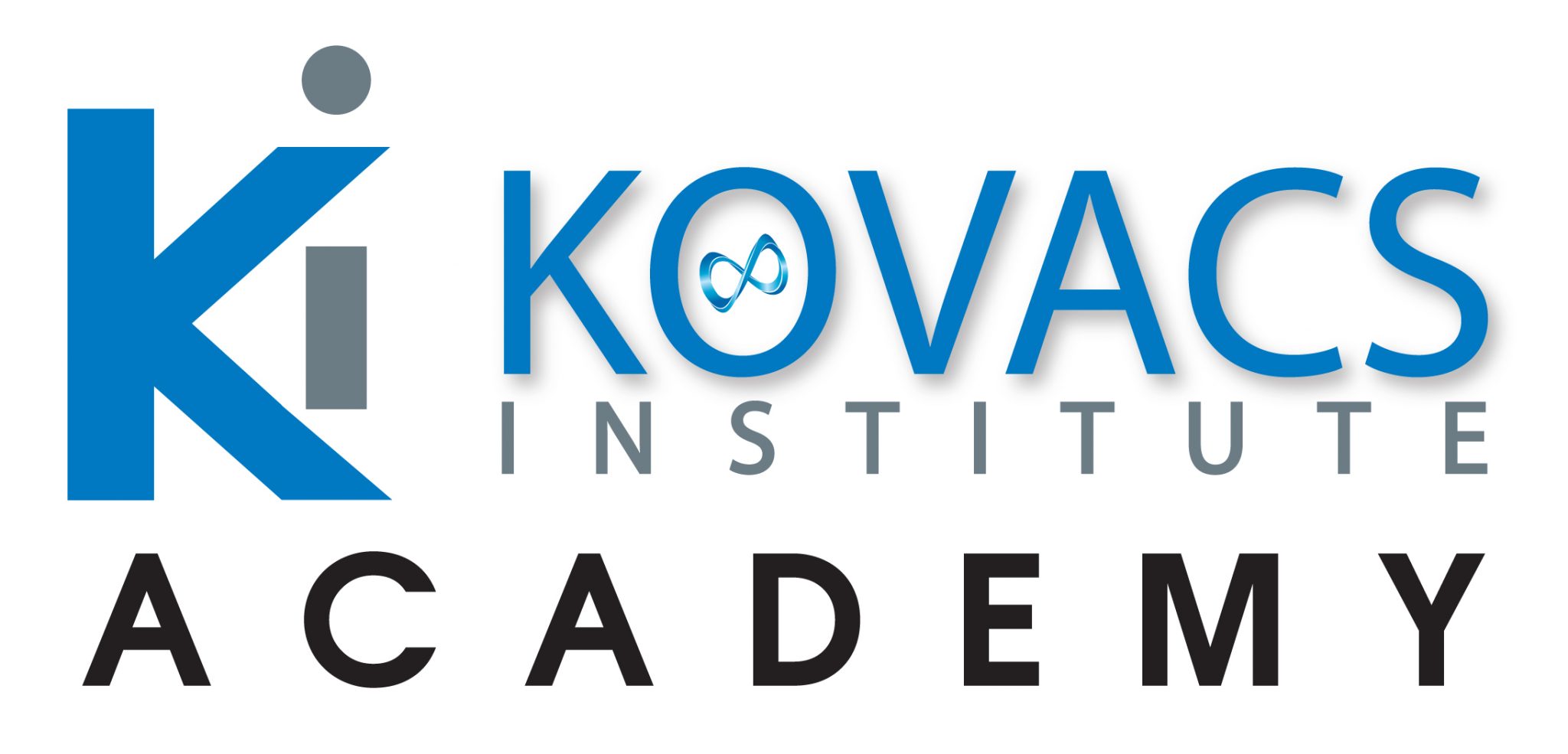Training to improve groundstrokes in tennis requires hitting thousands of tennis balls, optimizing technique and also developing power and stability with on and off-court training. Below are some tips and ideas to help improve some of your on and off-court training in addition to just hitting tennis balls.
Forehand

The forehand typically has four major variations of stances: open, semi-open, square and closed. It must be understood that these forehand stances are situation specific, time specific and all use a combination of linear and angular momentum to power the groundstroke. The loading position on the forehand varies slightly between the four different foot positions. However, the obliques (internal and external) are eccentrically contracted during the loading stage of the stroke and the trunk is required to rotate significantly around the pelvis to store the potential energy which will be released during the remainder of the forehand stroke.
Backhand

The four stances for the backhand are utilized, but more preference is usually given to the square and semi-open stances. As the open-stance backhand is usually used on wide balls when the athlete has very limited time, the legs and core both contribute to loading effectively and transferring energy from the lower body to the upper body and into the ball.
There are differences in the core/trunk utilization between the one and two-handed backhands. Training a one-handed player will require different drills than someone who hits a two handed backhand. For example, greater upper trunk rotation has been observed in two-handed backhands than in one-handed.
Backhand and forehand tennis strokes, along with movements on the tennis court, incorporate use of the core and the transfer of energy from the ground up throughout the kinetic chain. A weak core could be detrimental to the performance of an athlete if not addressed in their workout program. Both stabilization of core muscles, as well as power production throughout these muscles, need to be trained to improve groundstroke performance.
Below are some great exercises, tips and drills that can be incorporated into training. If you are looking for more details in over four hours of content, take a look at the MOVEMENT SERIES here
Transition Movement Progressions – Hitting, Medicine Ball and Resistance
Most Important Aspects of Tennis Movements
Working On Absorbing The Deep Ball For Improved Groundstroke Performance
Medicine Ball Wall Drills For Forehand & Backhand Training
Here is a great 60 minute webinar where Dr. Kovacs discusses Tennis Movement and Footwork with Coach Jorge.

If you are looking for more details on tennis movement, our Tennis Movement Series is over four hours of content on all aspects of on-court movement. Here is the link to learn more here

If you are a coach or tennis fitness trainer take a look at the International Tennis Performance Association (iTPA) and you will be able to download for FREE the Tennis Movement & Footwork Guide which provides over 30 of the most important tennis movements Click Here








Add comment